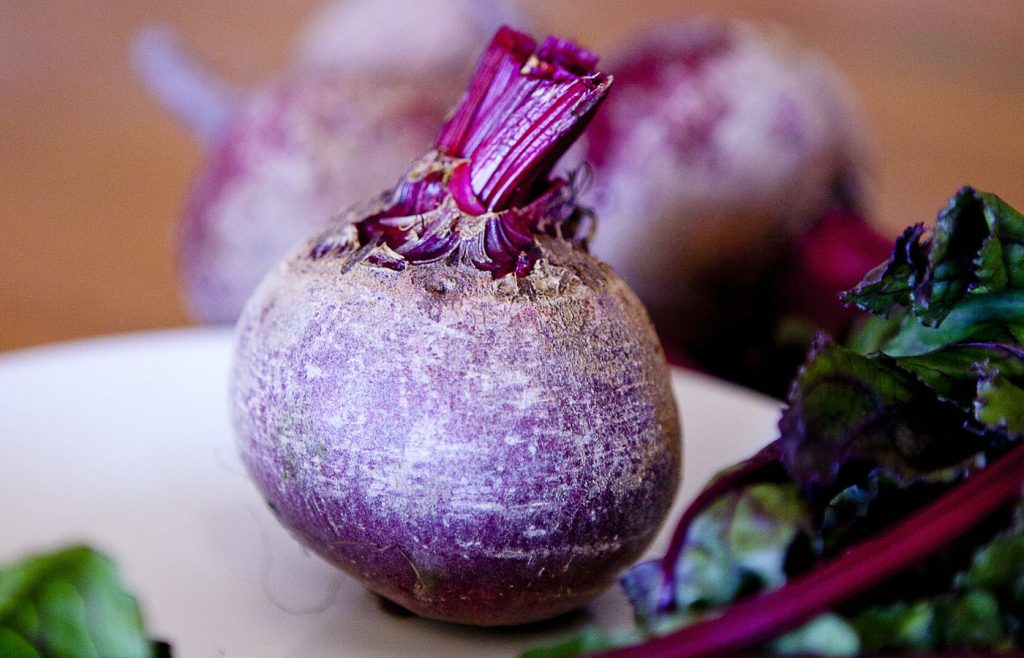Last updated on December 7th, 2020
What is health? Is it simply the absence of illness and disease? An equilibrium between yourself and your environment? I like to think it’s both of these, and more. When I think of health, I like to focus on how you FEEL—your energy, vitality, clarity of mind, freedom of movement and resilience, just to name a few.
If we’ve never known illness or injury, and always felt “fine”, we often take our health for granted, not paying it much attention or investing in it. However, as soon as we don’t have our health, we desperately want it back. So, what exactly makes up our health? And furthermore, how can we build and maintain an excellent foundation of health?
Our health really comes down to the teeny, tiny little structures that make up our bodies – cells. The key to maintaining great overall health, fantastic energy levels, a functional body, and physical and emotional wellbeing, actually stems from how well we care for our cellular health.
Just like humans, our cells need nutrients to thrive, and they also eliminate waste products. Within almost every cell lives energy centres called mitochondria. It’s these mitochondria that function as the power plant of the cell. In the same way that a power station produces electricity for a city, mitochondria are responsible for producing your energy by using glucose and fatty acids to make a substance called adenosine triphosphate (ATP).
ATP is the cellular form of energy utilised throughout the body, providing the energy to pump your heart, power neurones in your brain, contract muscles, exchange gases in your lungs, extract nutrients from food, and regulate body temperature, just to name a few processes. Essentially, it allows your body to function properly, and without the sufficient generation of ATP, life would cease to exist.
So how do we promote great mitochondrial health? Our muscles contain the highest mitochondrial content of any tissue in the body in order to provide large amounts of ATP necessary for pumping the blood through your body and of course for movement. And, muscle-building exercise is the most effective way to make new mitochondria. More mitochondria means more ATP production, which means better energy levels!
Building or – at minimum – maintaining, muscle mass with regular movement, such as resistance training (which can involve lifting weights, exercise that uses your body weight as the resistance such as yoga and Pilates, or gardening and farm work) is so important for mitochondrial health and great energy. Our muscle mass gradually declines after the age of 30 unless we do something to counteract it, so it’s incredibly important for maintaining our strength as well as our metabolic rate.
As mitochondria are so intricately involved in many different biochemical reactions, they generate by-products called free radicals as a result—you may have heard me mention we create free radicals just by breathing, and this is one of the many reasons why. This is a natural process, however the overproduction of free radicals inside us, which may be generated by exposure to environmental pollution, as well as problematic substances we might ingest in what we eat, drink and those we absorb through our skin, can lead to oxidative stress which can damage our cells and tissues. This is a key factor that accelerates the ageing process—from the inside out.

Fortunately, we have a secret weapon to counteract the potential damage caused by free radicals in the form of antioxidants. These are the superstar substances that are found in colourful plant foods, and we want to ensure we are eating a rainbow of these plant foods – think turmeric, pomegranate, beetroot, berries, spinach, kale and sweet potato, just to name a few.
We also have in-built antioxidants that are made inside us and they help to protect mitochondria. One of these is Coenzyme Q10 (CoQ10) and, unfortunately, factors such as exposure to pollutants can greatly increase our requirements for this amazing antioxidant. It may also become depleted as we age and with a poor-quality way of eating, as well as with the use of some medications. CoQ10 is essential for our health, as it helps our body to yield energy, as well as quenching free radicals to reduce oxidative stress.
CoQ10 can be found in small amounts in meat, seafood, and the oils in grapeseed and olives. It can also be consumed as a supplement, typically in the form called ubiquinol. However, as our body is capable of producing this antioxidant, we also want to make sure it has what it needs to do this effectively—and this means nutrients. A range of B vitamins are needed for the body to synthesize CoQ10, so nourishing your body with a variety of whole foods is going to help you gain the nutrients that are needed for numerous biochemical processes, including CoQ10 production.
By eating a variety of nutrient-rich whole foods, including plenty of colourful plant foods full of antioxidants, reducing our exposure to problematic substances often found in ultra-processed foods, drinks and household cleaning products, as well as moving our bodies regularly to maintain muscle mass, we can invest in our wellbeing by beginning with the tiniest inner foundation of health – our cells.









